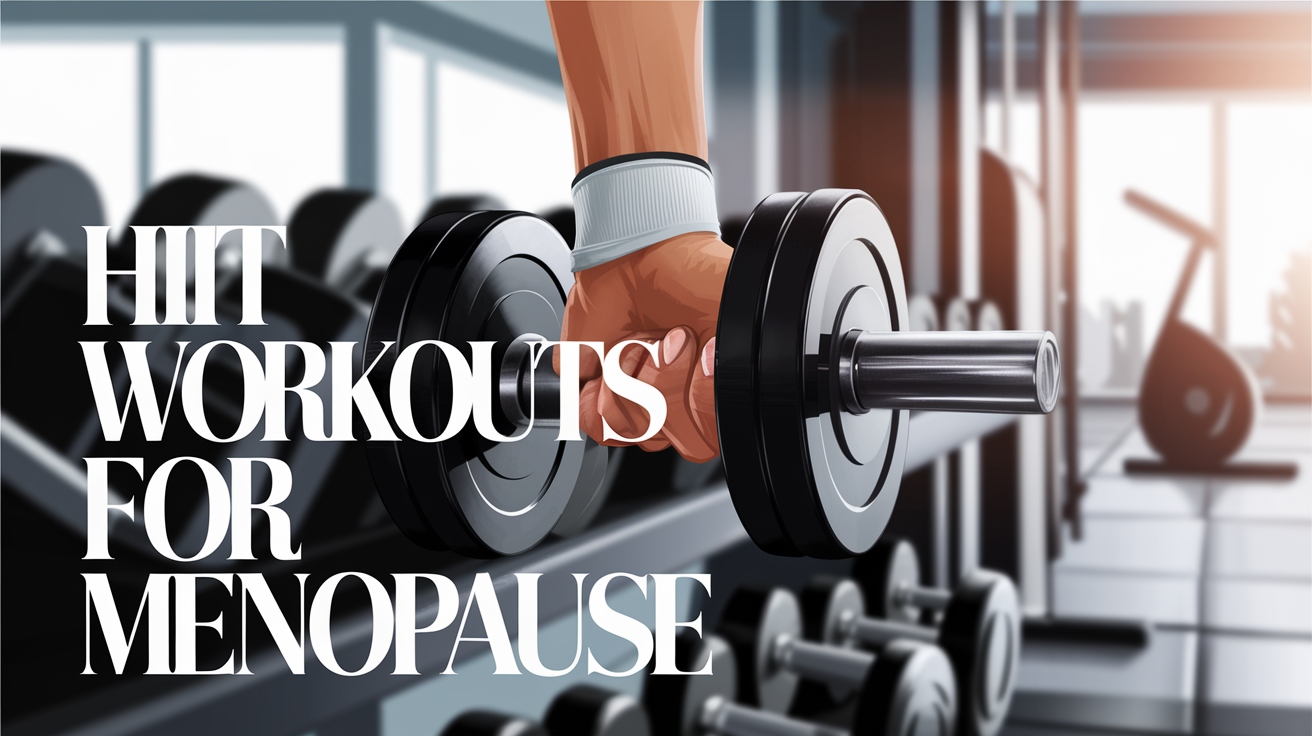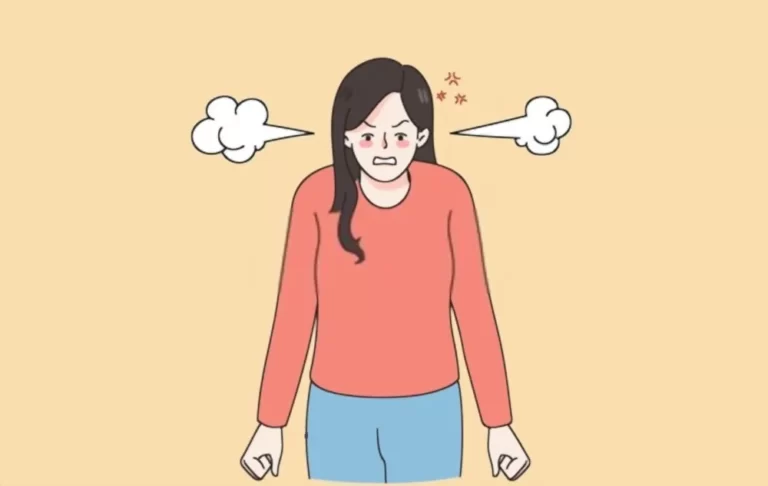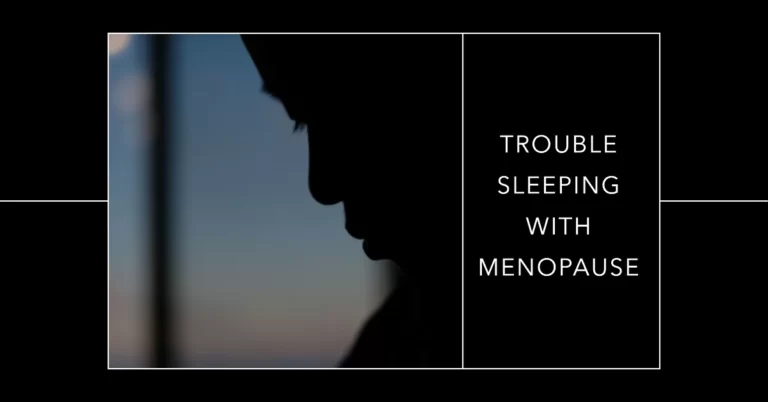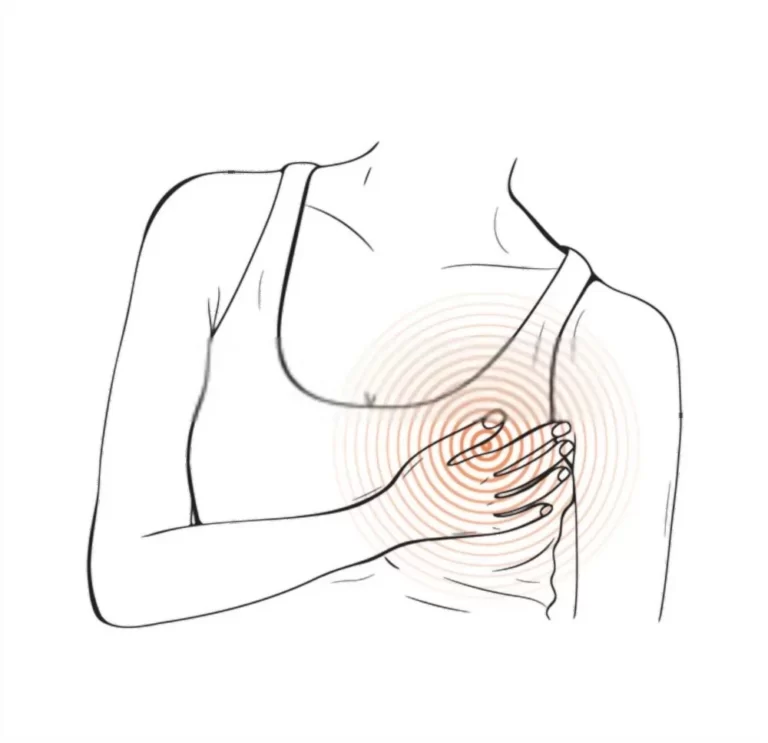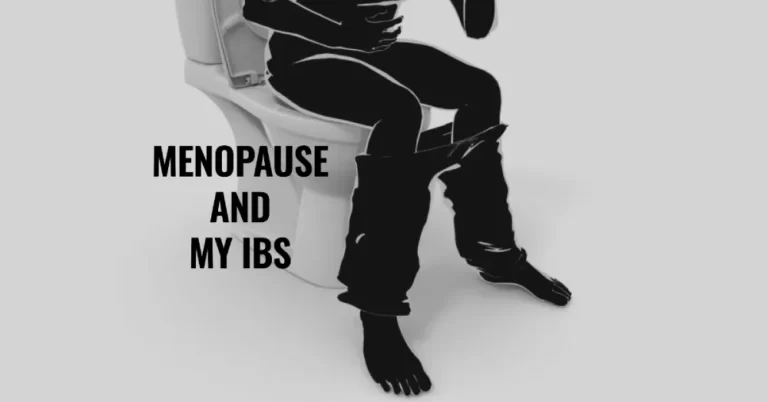HIIT Workouts for Menopause Years: The New Fitness Trend
I’m excited to talk about something that’s becoming a really really hot topic nowadays for women struggling through menopause – HIIT.
Life’s a bit of a whirlwind, isn’t it? Especially during menopause, it feels like we’re trying to be everything to everyone, constantly juggling a million things, trying to be that ‘superwoman,’ and that’s tough.
But the thing is, all this stress sends our cortisol levels soaring, which isn’t great for our health. Then, I stumbled upon something pretty cool during my health research: HIIT workouts.
HIIT stands for High Intensity Interval Training. It’s a form of exercise that involves short bursts of intense activity followed by periods of rest or low-intensity activity.
It’s more than just an intense workout; it’s a way to recharge, both mentally and physically. And for us going through menopause, it is like striking gold.
Why’s HIIT so great for us? It’s not just for fat loss but also for heart health, increasing insulin sensitivity, and building strong, agile muscles.
It will even revitalize our endocrine system and boost resilience in the face of menopause challenges. It’s like waving goodbye to the menopause blues and welcoming a healthier, more vibrant you.
Now, starting HIIT? Yeah, it’s tough at first. You’ll be panting, and your muscles might ache, screaming what’s going on. But trust me, every session makes you stronger and more full of energy. You start off doubting if you can do it and soon find yourself amazed at your strength.
And guess what? It is perfect for our busy lives. Traditional workouts often need an hour, but HIIT cuts that in half, making it a complete workout in just about 30 minutes. It’s been a top fitness trend for a reason: it fits into our hectic schedules.
So, how about giving HIIT a go to gain strength and empowerment in your midlife? Put on your sneakers, and let’s go.
Easy and Powerful HIIT Workouts for Menopause Ages
Ever caught yourself saying, “I just don’t have the time to exercise”? Yeah, you’re not the only one. It seems like those traditional workouts demand hours we just don’t have.
But guess what? I’ve got some great news – the HIIT workout style perfectly fits into our busy lives. You’ve probably heard of them before, but have you tried them yet?
It’s been all the rage since 2014, and for a good reason. HIIT lets you squeeze in a full workout in just about 30 minutes. Yep, you heard that right – only half an hour.
So, what’s HIIT all about? Mixing up superactive bursts with chill-down moments. This way, your heart rate shoots up, and you get all those awesome workout benefits in way less time.
And the cool part is you don’t need fancy gear or a huge space. You can just use your body weight, making it perfect for a living room session. HIIT has got you covered whether you’re into running, dancing, cycling, or anything.
So, how about ditching that “no time” excuse and jumping into a quick HIIT session? You’ll be amazed at how much you can do in just 30 minutes.
Pick a HIIT Plan You’ll Love
As mentioned earlier, HIIT can be modified to suit different fitness levels and medical conditions. For beginners, it is important to start slow and gradually build up intensity over time.
You’ll be doing short, sharp exercises for just 30 seconds, with a little 20-second breather in between. Start with two rounds and work your way up to three.
And don’t forget to warm up first and cool down afterward, which is super important.
- Warm-up:
– Jog in place for 5 minutes
– Arm circles (front and back) for 1 minute ea
– Leg swings (side to side) for 1 minute each
- High-intensity interval: For the first interval, do a high-intensity exercise such as sprinting or jumping jacks for 30 seconds. Followed by a rest period of 1 minute.
- Low-intensity interval: Then, move on to a low-intensity exercise such as walking or slow jogging for 60 seconds.
- Repeat the high-intensity and low-intensity intervals for a total of 10 minutes.
- Cool down: After completing the circuit, walk or stretch for 5 minutes.
Here’s a HIIT exercise plan I found quite effective:
Reverse Lunges:
This is our first move. You step back into a lunge and then add a little hop as you come up. It’s great for your legs and balance. If lunges aren’t your thing, no worries; there are plenty of other moves that work just as well.
Broad Jumps:
Next, we’ve got these fun jumps. You sort of squat and leap forward as far as you can, then shuffle back and go again. It’s a fantastic way to get your heart pumping and strengthen your legs.
Curtsy Lunges:
Lastly, curtsy lunges. It’s like a regular lunge but with a twist, literally. You cross one leg behind the other and dip into a lunge. It’s great for your thighs and glutes, and it also helps with balance.
Now, reverse lunges are our starting point. They’re awesome for working your legs and keeping you stable. Just step back, lower down, hop up, and switch legs. Keep your form neat – chest up, core tight.
Benefits? Oh, loads! They tone your legs, improve balance, and boost flexibility in your hips. But you can try step-ups or glute bridges if they’re not your thing. Both are gentler on your joints but still give you a good workout.
Then, there are broad jumps. These are like a mini power boost for your workout. Squat, jump forward, and shuffle back. They work your legs and core, and boy, do they get your heart racing!
Last but not least, curtsy lunges. They’re a bit more graceful, targeting your glutes and inner thighs. Step back in a curtsy move, lunge, and repeat. It’s a great way to add some variety to your routine.
Short Intervals for Enjoyable HIIT Workouts
How about we make our HIIT workouts more fun and easy-going, especially now with menopause in the mix? The key? Opt for shorter, more doable intervals.
Think about it: shorter exercise bursts are way more manageable. When we’re sweating it out with HIIT, keeping to intervals of 30 seconds or under can really change the game. Anything longer might just ramp up our cortisol levels, and we’ve got enough of that to deal with, right?
Now, let’s shake things up with different HIIT styles. You could balance your work and rest periods equally, like 20 seconds on and 20 seconds off. Or, challenge yourself with longer bursts of effort and shorter breaks, like powering through a 30-second exercise and then taking just a minute to breathe.
And there are some neat variations to try. Tabatas, for instance, are quick and punchy: 20 seconds of intense exercise, then 10 seconds to catch your breath and repeat. Or if you prefer a gentler pace, try 20 seconds of activity followed by a relaxing 4-minute break.
It’s all about what feels comfortable for you.
Besides, HIIT, Tabata, and circuit training are all part of the same fitness family. Tabata, developed by Professor Izumi Tabata, involves high-intensity intervals with really short rests, perfect for a quick, intense workout. On the other hand, circuit training lets you move through different exercises at a pace that suits you, targeting various muscle groups without pushing you to the max.
So, how about we break down those HIIT intervals even more? Rest your body with 20-second bursts of exercise, followed by just 10 seconds to catch your breath. Push yourself hard enough, and you’ll get that afterburn effect: an oxygen debt that makes us burn calories long after the session.
One thing’s for sure: HIIT-style workouts are super flexible. No matter your preferred style, you can mix things to make them work for you. Use the equipment available (or lack thereof) to your advantage, and enjoy building a workout that suits your needs.
And keep an eye on how hard you’re pushing yourself. While HIIT is adaptable, it’s also intense, so monitor your heart rate to stay safe. It’s common to feel soreness the day after a workout as your muscle cells rebuild and grow stronger.
Whether you’re using a heart rate monitor, counting your pulse at certain points during the workout, or just checking in on how easily you’re breathing and how quickly your body recovers from each burst of activity, keep track to help find that sweet spot for pushing yourself without overdoing it.
Precautions and Considerations for HIIT Workouts in Menopause
When incorporating HIIT workouts into a menopause routine, taking precautions and considering specific factors related to this stage of life is important. Menopause is a time of hormonal changes and potential health concerns, so it is crucial to prioritize safety and listen to your body.
Here’s a detailed chart combining tips and precautions for incorporating HIIT workouts into a menopause fitness routine, with an emphasis on gradual progression, body awareness, and safety considerations:
| Aspect | Detailed Tips and Precautions for HIIT Workouts in Menopause |
|---|---|
| Initial Approach | Start with gentle, low-intensity exercises such as walking or cycling to prepare your body. This warm-up phase is crucial. Before beginning any new workout regime, especially HIIT, consult with your doctor, especially if you have pre-existing health conditions. |
| Building Intensity | Gradually ramp up the workout intensity. Begin with shorter, less intense bursts of high-intensity activity, interspersed with periods of active recovery. As you progress, gradually lengthen the high-intensity intervals and decrease the recovery times, being careful to avoid overexertion. Be mindful of your joint health during these exercises, and modify them if necessary to prevent strain or injury. |
| Body Response and Adaptation | Listen closely to your body’s feedback during workouts. If you experience any pain, discomfort, or signs of excessive fatigue, it’s important to modify the exercises accordingly or take a break. Stay well-hydrated and be alert to any signs of overheating or dizziness, which could indicate that you need to slow down or stop. |
| Health-Oriented Focus | Incorporate exercises that specifically support bone health, such as weight-bearing activities, and those that promote flexibility and balance, to reduce the risk of falls, which can be more prevalent during menopause due to changes in bone density and balance. Start each session slowly and increase intensity at a pace that feels comfortable and sustainable. |
| Comfort and Modification | If you’re experiencing joint pain or discomfort, consider low-impact HIIT options. Tailor the HIIT routine to suit your individual fitness level and any medical conditions you might have. This personalization ensures that the workouts are both effective and safe. |
| Supervised and Safe Practice | For individuals with chronic conditions or those who are deconditioned, it’s important to be closely monitored by a healthcare professional. Utilize the American College of Sports Medicine’s (ACSM) screening tools to assess any risks associated with HIIT workouts and to identify any contraindications. |
| Customization and Effectiveness | Customize HIIT routines according to your fitness level and health conditions. HIIT generally pushes individuals to reach 80-85% of their maximum heart rate, more intense than Moderate Intensity Continuous Training (MICT), which targets about 55-70% of the maximum heart rate. HIIT’s effectiveness lies in its ability to improve aerobic capacity more efficiently than MICT, even when energy expenditure is the same. |
| Adapting to Specific Needs | For those with particular health conditions such as heart disease, lung disease, or chronic kidney disease, HIIT may need to be adapted with specific exercises, longer warm-up and cool-down periods, and careful monitoring, especially if on medications that affect heart rate or blood pressure. |
My Personal Tips:
Having the right gear can make HIIT workouts a better experience. Think about it: your workout might not be as effective if your weights aren’t good or if your heart monitor and sneakers aren’t up to the mark.
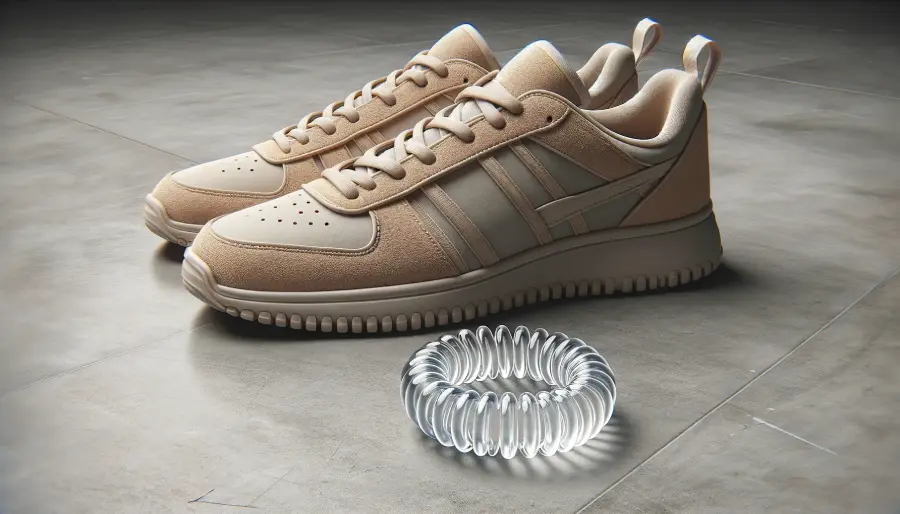
- Choose weights that feel comfortable for you. A heart monitor should be easy to use and not get in your way.
- And good sneakers? They should support your feet, feel comfy, and let you feel the ground. Extra strap support for side moves can be a big plus.
- Also, ever had a hair tie break in the middle of a workout? It’s annoying. So, a strong hair tie that doesn’t break easily is a must. You don’t want it pulling your hair out when you’re done exercising.
I just love the Invisibobbles because they’re strong and gentle on hair. Plus, they’re kind of fun; they look like a phone cord from the 90s. - And if you need to wear glasses during workouts, make sure they stay put and don’t slip off your face.
- Remember to hydrate before, during, and after your HIIT workout. Water helps prevent dehydration and muscle cramps.
- Have a nutritious snack that includes protein and complex carbohydrates. This will help refuel your body and aid in muscle recovery.
How Often Should I Do HIIT Workouts During Menopause?
During menopause, it is recommended to do HIIT workouts 2-3 times per week. However, listen to your body and adjust based on your fitness level and any symptoms you may be experiencing.
Can I Modify the Exercises if I Have Joint Pain or Injuries?
If you have joint pain or an injury, changing your exercises is okay. Just listen to your body and do what feels comfortable. It’s a good idea to talk to a fitness expert who can suggest safer exercises for you.
If you’re over 50, seeing a physical therapist first can help. They can show you how to move better and strengthen sore joints. You might also want to try a few sessions with a personal trainer to learn how to exercise without getting hurt.
When doing HIIT, you shouldn’t be in pain. It’s normal to feel your muscles working hard, but if your joints hurt or you feel too strained, you might be pushing too hard. Remember, getting better from strains or injuries can take time, so it’s important to avoid getting hurt in the first place.
Can HIIT Workouts Help With Menopause Symptoms Such as Hot Flashes and Mood Swings?
HIIT workouts can help with menopause symptoms like hot flashes and mood swings. The intense activity boosts endorphin levels, lifting your mood and potentially helping to regulate body temperature, which might ease hot flashes.
HIIT can reduce high cortisol levels often seen in menopause, leading to better sleep and less stress. It’s not just about menopause symptoms either; HIIT has broader benefits for mental health and cognitive function in older adults. Remember, it’s always smart to check with a doctor before kicking off any new workout regimen.
How Long Does It Take to See Results From Menopause HIIT Workouts?
You can start seeing results from menopause HIIT workouts in as little as a few weeks. Consistency is key. Stick to your routine, gradually increase intensity, and reap the benefits of improved fitness, strength, and overall well-being.
A HIIT Journey Tailored to Your Menopause Needs
You’re positively steering your health and wellness journey by crafting your own HIIT workout. It’s all about those short yet powerful intervals that pack a punch without overwhelming you. Plus, you get to tailor the exercises to what your body needs and feels comfortable with, which is super important.
And the best part? The variety and flexibility. Not only does it save you time, but it also improves your aerobic capacity.
You don’t need fancy equipment. Just grab a skipping rope or any exercise machine, and you’re ready to get your heart rate up with a high-intensity workout.
Every session can be a new adventure, keeping things fresh and exciting. This way, you’re not just working out but having a blast.
So yes, it’s definitely time to HIIT it and enjoy every step of this empowering journey.

